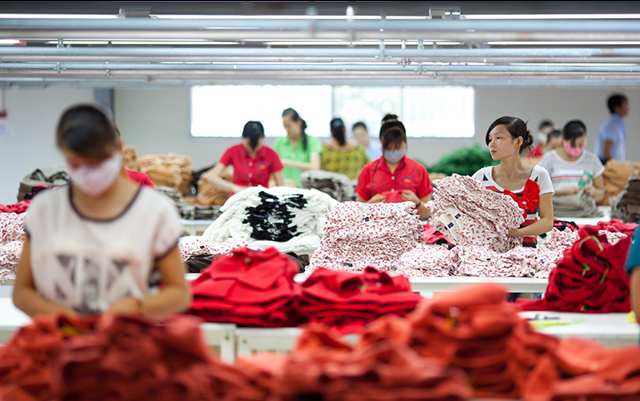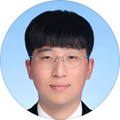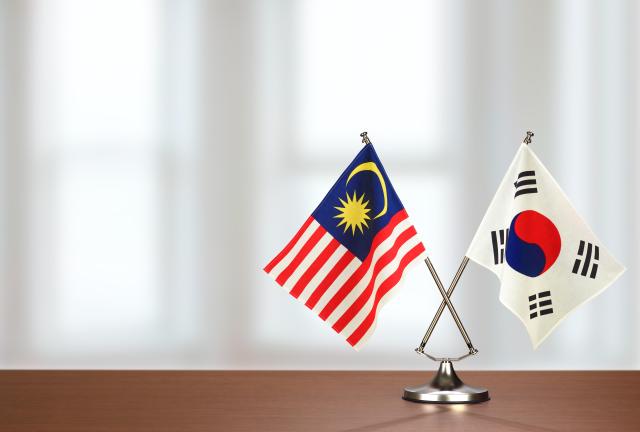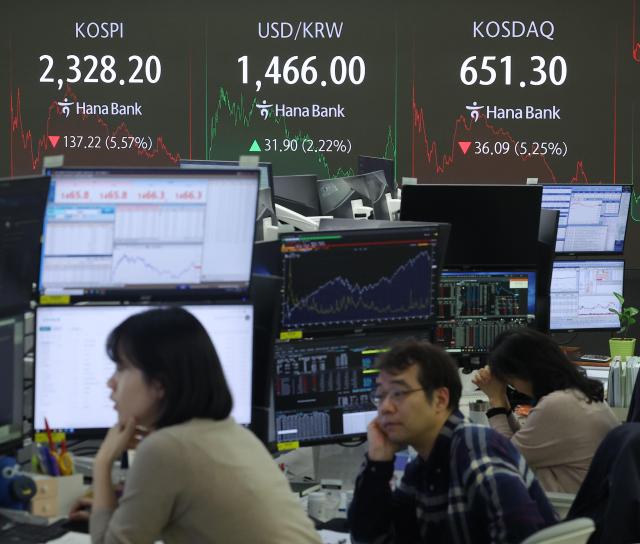
The new tariffs — imposed on key Southeast Asian economies that have become central to Korean manufacturing — include levies of 46 percent on Vietnam, 37 percent on Bangladesh and 32 percent on Indonesia.
The countries are home to sprawling production operations for major Korean firms such as Youngone Trading, Hansae, and Hwaseung Enterprise.
According to data from Daishin Securities, roughly 70 percent of Youngone Trading’s production is located in Bangladesh. Hansae operates half of its manufacturing out of Vietnam, while Hwaseung relies on Vietnam and Indonesia for a combined 90 percent of its output.
Although tariffs are typically absorbed by the brand-name companies — such as Nike, Adidas and Gap — that contract Korean OEMs, industry sources say these global brands are beginning to share the costs with their suppliers, leaving Korean manufacturers exposed to financial strain.
In response, Korean firms are urgently working to diversify both their production bases and export markets.
Hansae, which depends on the U.S. for 90 percent of its revenue, is expanding operations in Central America, including Nicaragua and Guatemala, where tariff rates remain comparatively low at around 10 percent.
Meanwhile, Youngone Trading and Hwaseung Enterprise are stepping up efforts to grow their presence in Europe, Japan and other Asian markets, where existing customer relationships could offer some insulation from U.S. trade policy shifts.
“While companies are striving to overcome tariff shocks through production base diversification, this isn’t something individual firms can resolve alone,” said Park Young-soo, director of the Korea Fashion Industry Association. “Tax benefits and financial support measures for these companies are urgently needed.”
Copyright ⓒ Aju Press All rights reserved.





View more comments